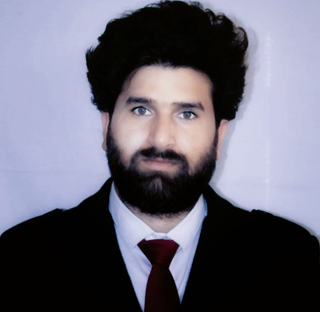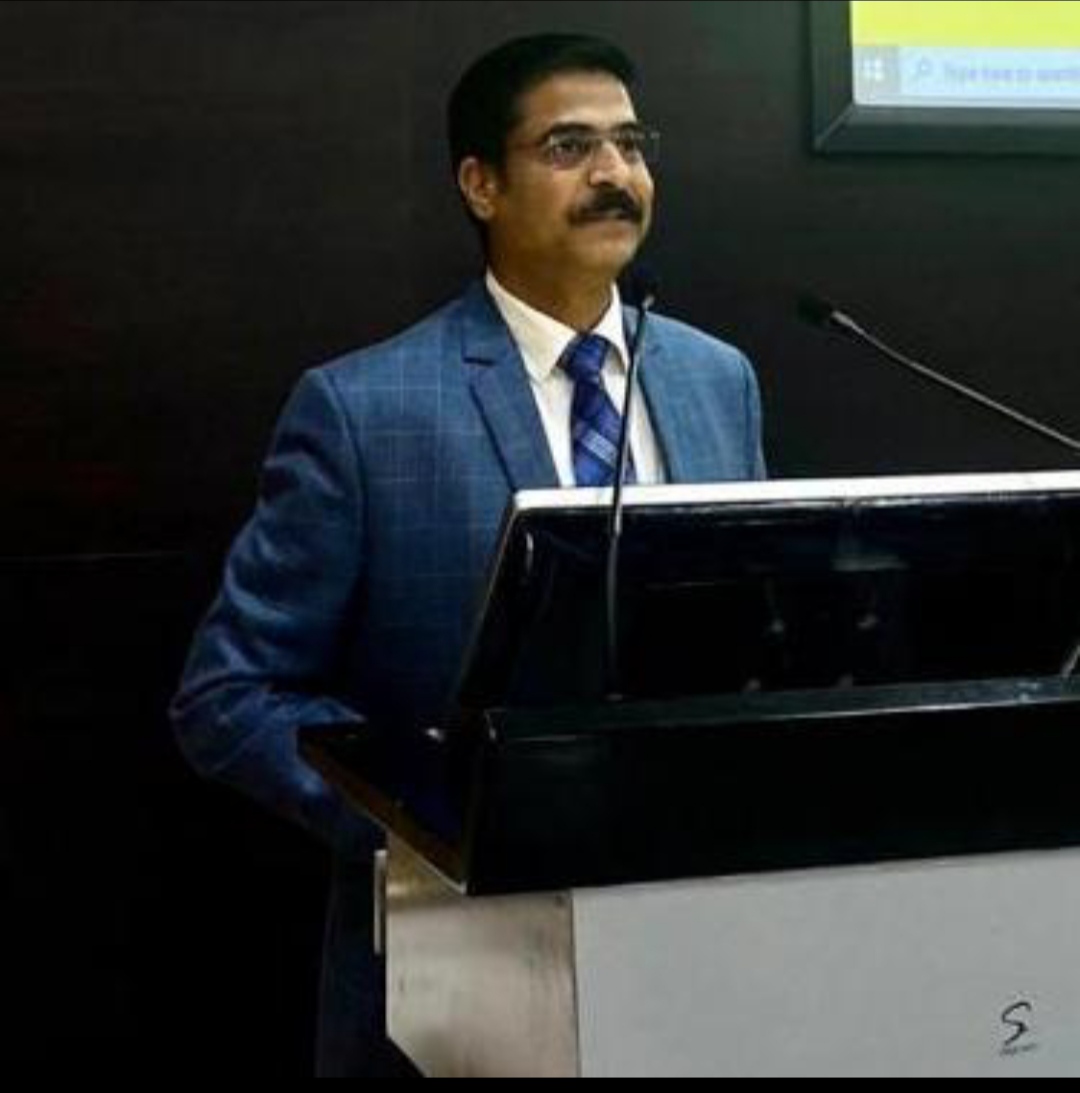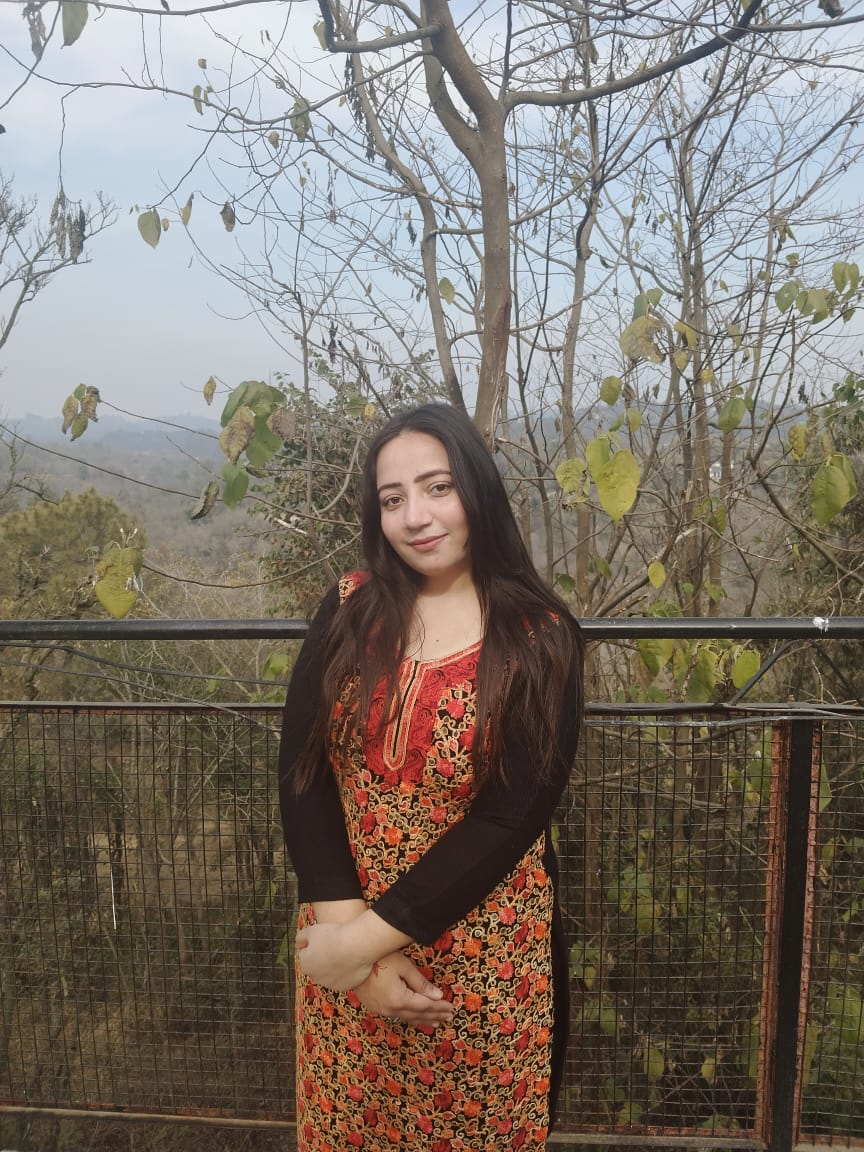We use cookies to make sure that our website works properly, as well as some ‘optional’ cookies to personalise content and advertising, provide social media features and analyse how people use our site. Further information can be found in our Cookies policy


 Shoket Ali*
Shoket Ali*
 Mahendra S. Rathod
Mahendra S. Rathod
 Ankita Sharma
Ankita Sharma
 10.5281/zenodo.10653899
10.5281/zenodo.10653899